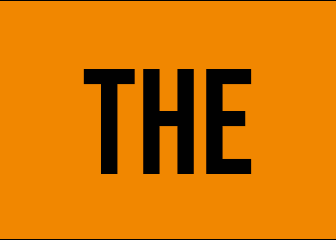The push and pull of supply and demand at the moment make it feel like we have one commodity and two markets when it comes to OCC.
My opinion is that we will still see good demand coming from the UK and Europe, but Asia less so.
The reason for this is that UK and European mills have contracts with FMCG (fast moving consumer goods) companies and the economic situation seems to suggest that people will concentrate their cash on this sector.
But with money tighter and inflation growing globally, I would imagine that people are less likely to be buying more expensive products such as TVs, fridges, computers and phones that tend to be manufactured in Asia.
In addition, Asia is still subject to Covid lockdowns, which will continue to affect demand from manufacturers there for packaging.
At the moment, Asian pricing seems to be flat, but cheaper shipping by around $100 and a £13 PERN (at the time of writing) is helping to disguise the impact of less demand from Asia.
Mixed of course has a life of its own. European demand remains good as European buyers like to use it for lower grade packaging.
When it comes to Asian mills, they are preferring to source this grade from the US and domestic markets, where it is cheaper than UK and Europe.
Of course, there is always the caveat that things can change, and the severity of weaker economies will have an impact.
But prices are high at the moment historically, and this feels like a new normal.
I’ve found it interesting looking at Recycling Insights and how the average price of OCC over the last decade has been just below £100 per tonne.
With the new 12-month forecasts, it doesn’t seem the next year will be average. It is fascinating to see that the artificial intelligence is forecasting a distinct pattern for the next six months, then a change from that later in the year.
Tools like these are helping us to better understand the market, especially when times are so uncertain.
Many companies will be making commercial decisions in the coming months of when and when not to buy, and it will be interesting whether the balance between demand and supply will change.
With an ongoing process of moving from plastics to paper packaging, this should suggest more generation of fibre, but the market doesn’t seem to be seeing a huge change yet.
My estimate is that generation of fibre will be low for a while yet, but demand will remain good for a few months yet. But of course, much will depend on the global economy and any unknown factors that may crop up that affect this.
As things stand, there is a fragile balance with high prices benefitting merchants and mills able to pass on costs to end users. Can this last? We will have to wait and see.
Colin Clarke is managing director of Winfibre UK













